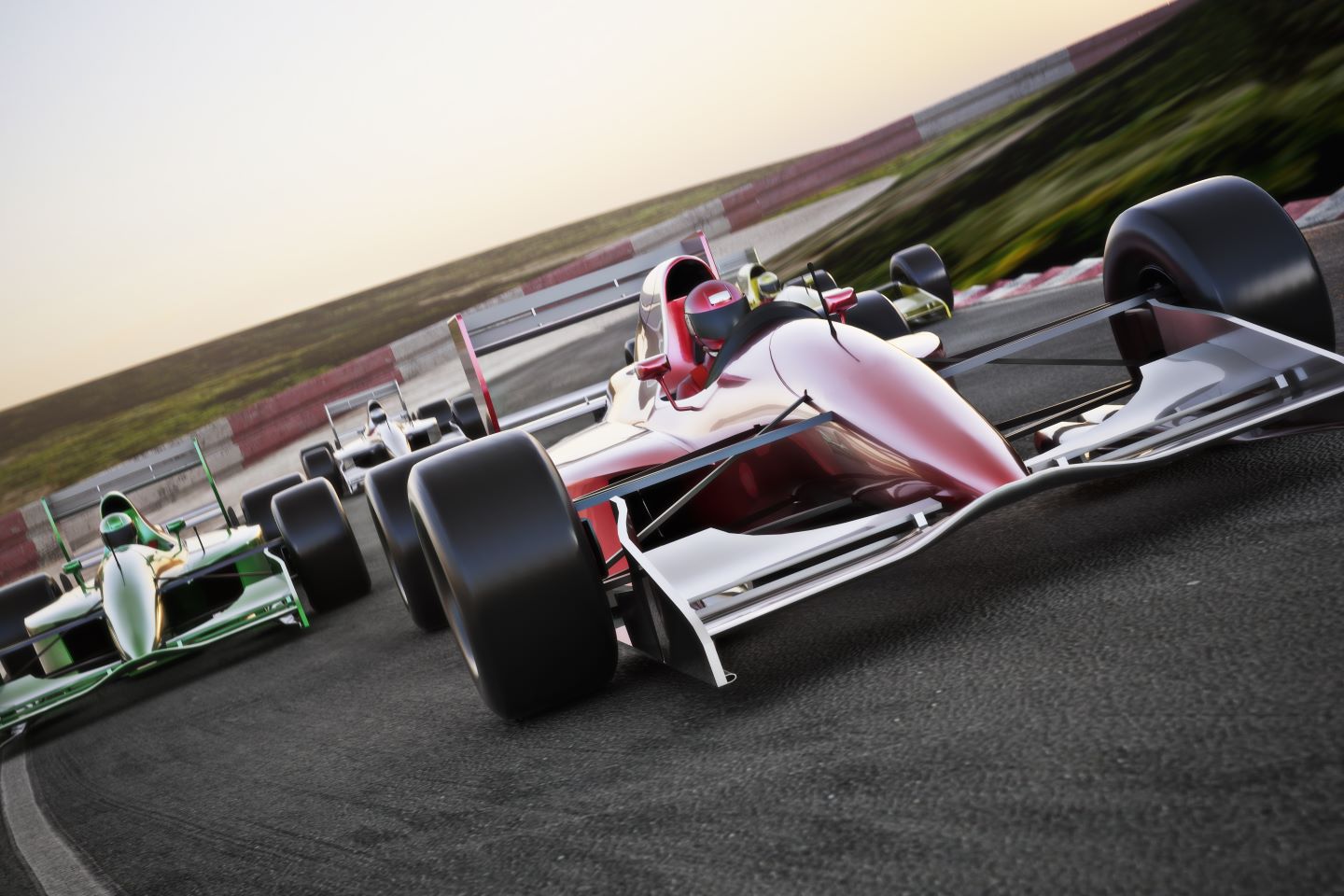As the Las Vegas Grand Prix (GP) draws closer, so is Formula 1’s (F1) ambitious goal to reach net zero by 2030. It is no secret that motorsports have an enormous impact on the environment—the construction of the new track in Las Vegas is a stark reminder of that. But how does F1 plan to reach this goal? What role will technology play in achieving it?
Controversy in Sin City
F1 fans are gearing up for the Las Vegas GP in November. The new 6.13km street circuit, which cost $560m, is boasted as being “One of the most aggressive programs of construction and design” by the GP project manager, Terry Miller. Large-scale construction projects like this always have their drawbacks for the environment, and this one is no different. During construction, a crew ripped up the famous trees lining the sidewalk of the fountain at the Bellagio, although MGM Resorts has stated that the healthy ones will be stored and replanted. The others will be chipped and used for mulch. However, Vegas residents opined this was a “short-sighted” decision, claiming that the trees are important for a state such as Nevada with increasing temperatures.
While these impacts on the local environment are explicit, there are several underlying impacts that are harder to appreciate such as falling air quality, noise pollution, and a rise in emissions. F1 needs to meet its sustainability goals, and it aims to do this through technology.
The environmental impact of F1 is not to be underestimated
According to F1, approximately 256,000 tons of CO₂ is generated per race season, with each team using 110kg of fuel per race. However, fuel consumption is only part of the problem. A large majority of the emissions caused by F1 comes from the immense amount of travel involved, given F1 races are held all over the world. GlobalData estimates that F1 teams travel over 300,00 miles per year, contributing heavily to carbon emissions.
If you consider the freighting of all the equipment and race cars, it proves to be especially damaging to the environment and F1’s carbon footprint. F1 official carrier DHL estimated that it clocks up 132,000km across six Boeing 747s in a nine-month race season and it is estimated that 2,000t of freight are needed for a successful race.
How significant is the influence of technology on F1?
The use of data analytics is critical for race teams due to the vast amount of data collected during training and racing. According to Racecar Engineering, there are around 300 sensors in each F1 car, producing 1.5 terabytes of data per race weekend, providing details on performance, strategy, and reliability issues. All this data is then fed into a digital twin for further analysis.
A digital twin is a software representation of an asset or process that is used to understand, predict, and optimise performance to achieve improved business outcomes. Several F1 teams such as Red Bull Racing, Mercedes-AMG Petronas, and Scuderia Ferrari use digital twins to simulate the performance of several components of their race cars. Creating virtual replicas of components like the power unit, suspension, or car frame, allows for accurate simulation and testing without the drawbacks of physical testing. Likewise, teams such as Red Bull Racing have partnered with tech companies to use artificial intelligence to optimize their cars’ performance and provide enhanced racing strategies and real-time decision-making.
The use of electric vehicles (EVs) in motorsports has been observed, with the recently created Formula E. Dubbed as the most sustainable sport in the world, Formula E is in stark contrast to its gas-guzzling cousin. Although EVs in F1 are unlikely due to the culture of the sport, the lessons we can learn from Formula E are not lost. The motorsport also acts as a testing ground for EV technology before it is released for wider use, paving the way for more sustainable practices in Formula 1.
Technology will play a crucial role to achieve net zero by 2030
The goal to become net zero by 2030 is an ambitious one but there have been strides in the right direction. Partnering with Aramco, F1 has begun developments into fuel alternatives to ditch fossil fuels. Aramco’s investments into fuel-engine technology can be seen in the recent season, where 10% ethanol fuel was used with the aim to have a 100% sustainable fuel source by 2025. Elsewhere, by using AI, data analytics, and IoT, teams will be able to precisely measure the necessary fuel input for a car’s performance in the virtual space, leading to less fuel used and decreased emissions.
As Formula E gains traction, a culture shift is anticipated around EVs. F1 cars run on a hybrid power unit, and increased developments in EVs will allow for further improvements.








